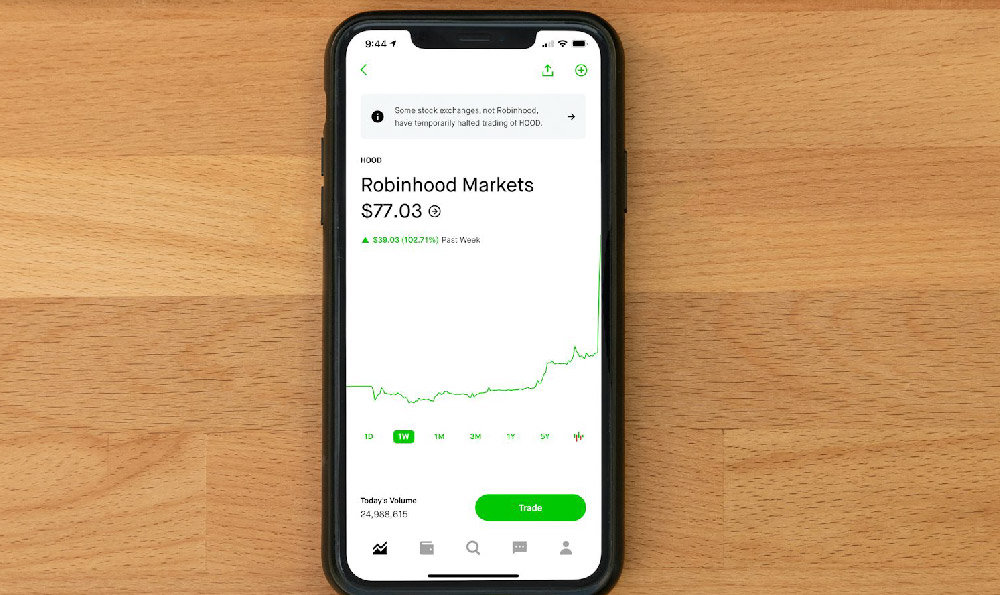ChatGPT, developed by OpenAI, isn't a revenue-generating entity in itself in the traditional sense of selling a product directly to consumers. Instead, it functions as a core technology powering various services and solutions that subsequently generate income for OpenAI. Understanding its revenue generation requires looking at the broader ecosystem and the ways OpenAI leverages its advanced language models.
One of the primary income streams stems from licensing the underlying technology, including ChatGPT, to other businesses and organizations. These licenses grant access to OpenAI's powerful AI models, allowing companies to integrate them into their own products and services. For instance, a customer service platform might use ChatGPT to automate responses to customer inquiries, improve efficiency, and reduce costs. The fee structure for these licenses varies, depending on factors like usage volume, computational resources required, and the specific features or capabilities needed. Large enterprises requiring extensive customization and support will naturally pay significantly more than smaller businesses with simpler integration needs. This B2B model is a crucial driver of revenue, as it allows OpenAI to scale its impact without directly managing every application of its technology.
Another significant revenue stream arises from OpenAI's API (Application Programming Interface). Developers can access ChatGPT and other OpenAI models through a pay-as-you-go API service. This allows them to easily incorporate AI-powered features into their applications, websites, or workflows without needing to build their own large language models from scratch. The pricing is typically based on the number of tokens (units of text) processed by the model. This model democratizes access to advanced AI capabilities, enabling a wider range of individuals and organizations to leverage OpenAI's technology for innovation and problem-solving. Imagine a small startup building a writing assistant tool; they can readily integrate ChatGPT's capabilities through the API and charge users a subscription fee, with a portion indirectly contributing to OpenAI's revenue. This model is particularly attractive to developers because it minimizes upfront investment and allows for flexible scaling as their applications grow.

Beyond licensing and APIs, OpenAI generates income through partnerships and collaborations. They often work with larger companies on specific projects, providing customized AI solutions and expertise. These collaborations can involve developing specialized language models tailored to a particular industry or application. For example, OpenAI might partner with a healthcare provider to create a model that assists doctors in diagnosing diseases or personalizing treatment plans. These partnerships are often structured as joint ventures or involve revenue-sharing agreements, allowing both parties to benefit from the success of the project. Furthermore, these collaborations often involve research grants and funding, which provide additional financial support for OpenAI's ongoing development efforts.
OpenAI also generates revenue through its own suite of products and services built on top of ChatGPT. These include tools and platforms designed to help users with various tasks, such as content creation, code generation, and data analysis. Subscriptions to these services provide a recurring revenue stream. For example, a product focused on assisting bloggers with content ideas and drafting can charge a monthly subscription fee, providing users with access to advanced features and ongoing support. The success of these internally developed products directly contributes to OpenAI's overall profitability and strengthens its brand recognition.
Furthermore, venture capital funding plays a critical role in supporting OpenAI's long-term research and development efforts. While not a direct income stream in the same way as licensing or API usage, these investments provide significant capital that allows OpenAI to pursue ambitious projects and push the boundaries of AI technology. These investments are predicated on the potential for future revenue generation through the aforementioned channels and the overall growth of the AI market. The anticipation of future returns on investment is what drives venture capitalists to invest in OpenAI.
The continuous improvement and expansion of ChatGPT’s capabilities also contribute to its revenue-generating potential. As the model becomes more sophisticated, reliable, and versatile, it becomes more valuable to businesses and developers. This increased value translates into higher demand for licensing, API access, and related services. Ongoing research and development are therefore essential for maintaining OpenAI's competitive edge and ensuring its long-term financial sustainability. This includes improving the model's accuracy, reducing its biases, and expanding its ability to handle different languages and tasks.
Finally, it's important to recognize the indirect revenue generation that occurs through the adoption and integration of ChatGPT in various industries. By enabling businesses to improve their efficiency, reduce costs, and create new products and services, ChatGPT contributes to economic growth and creates opportunities for other companies to thrive. While OpenAI doesn't directly capture all of this value, it benefits from the overall increase in demand for AI technologies and the growing recognition of its role as a leading innovator in the field. The improved customer experience, increased productivity, and innovative solutions facilitated by ChatGPT ultimately contribute to a positive feedback loop that drives further adoption and revenue generation for OpenAI and its partners.
In conclusion, ChatGPT's revenue streams are diverse and multifaceted, extending beyond simple product sales. They encompass licensing agreements, API access, partnerships, internally developed products, venture capital funding, and the overall economic impact of its widespread adoption. This diversified approach allows OpenAI to capitalize on the potential of its AI technology across a wide range of industries and applications, ensuring its continued growth and leadership in the rapidly evolving AI landscape. Understanding these various streams provides a complete picture of how ChatGPT, and by extension OpenAI, generates revenue and sustains its operations.












